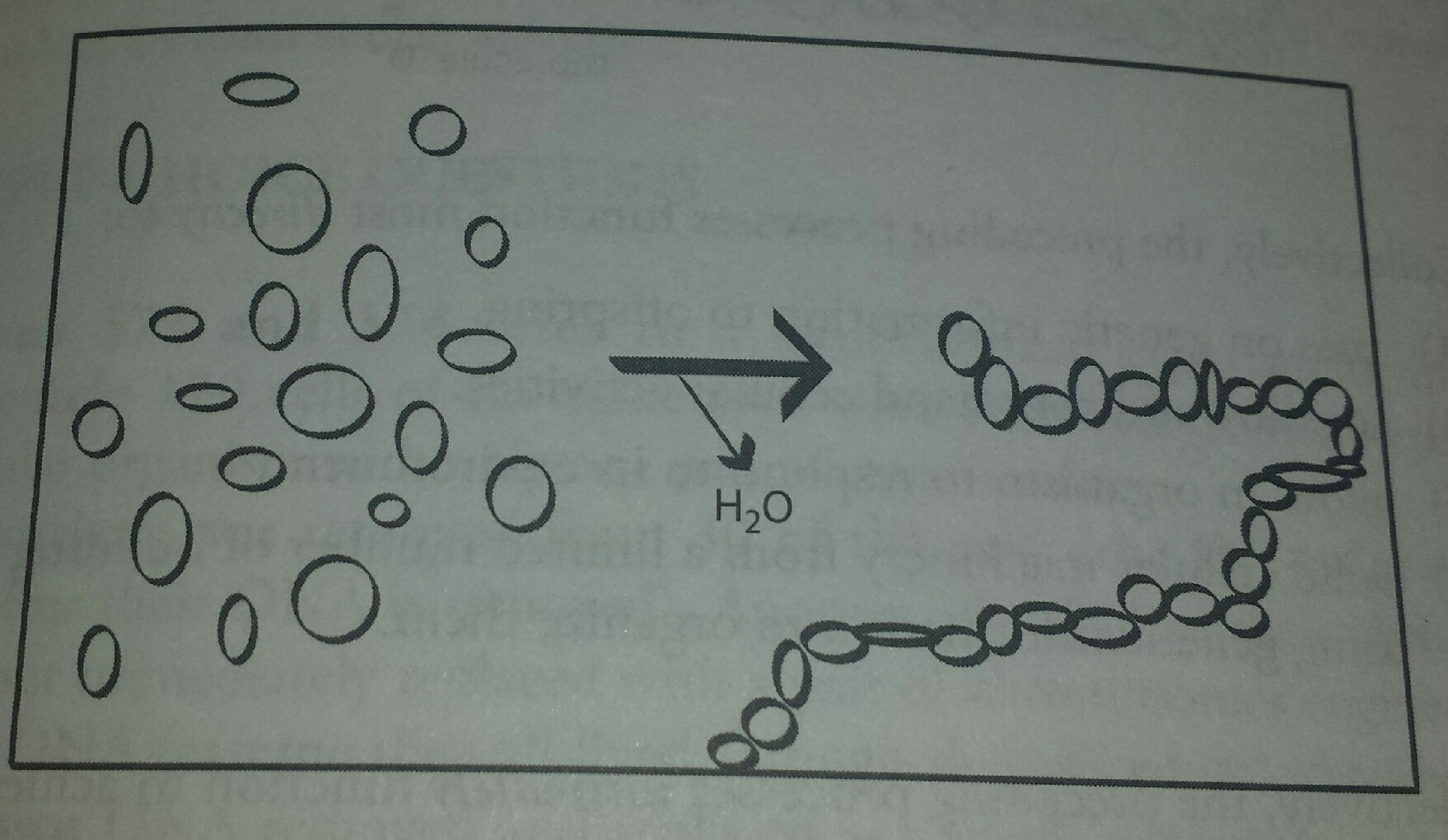
Journal Entry:

Which of the following true statements most accurately describes the process represented in the diagram?
(A) A relatively small number of kinds of molecular building blocks can create a very large variety of polymers.
(B) Connections between molecules can be created by dehydration reaction in which water is a product.
(C) Complex carbohydrates, proteins, and nucleic acids can be formed from condensation reactions between their respective monomers.
(D) The three-dimensional shape of a polymer is directly determined by the specific sequence of monomers that compose it.
Learning Intentions
You can identify the functional groups that are used to make the monomers for the biological molecules.
You can describe or draw the structure and properties of the functional groups.
You can analyze what functional groups are found in which monomers.
You can classify/organize the monomers for the different biological molecules based on elements, functional groups and structure found in each.
You can identify the important structural components for the monomers that become the 4 biological molecules.
Content Standards being covered:
Big Idea 4
4.1 The student is able to explain the connection between the sequence and the
subcomponents of a biological polymer and its properties.
4.2 The student is able to refine representations and models to explain how the
subcomponents of a biological polymer and their sequence determine the
properties of that polymer.
4.3 The student is able to use models to predict and justify that changes in the
subcomponents of a biological polymer affect the functionality of the molecule.
Habits of Mind/Life skills being covered:
Applying past knowledge to new situations.
Remain Open to Continuous Learning
Journal Entry:

Which of the following true statements most accurately describes the process represented in the diagram?
(A) A relatively small number of kinds of molecular building blocks can create a very large variety of polymers.
(B) Connections between molecules can be created by dehydration reaction in which water is a product.
(C) Complex carbohydrates, proteins, and nucleic acids can be formed from condensation reactions between their respective monomers.
(D) The three-dimensional shape of a polymer is directly determined by the specific sequence of monomers that compose it.